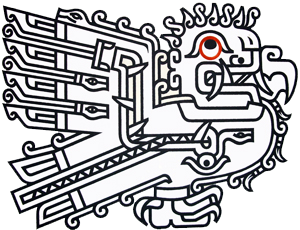Description
This desert horned viper (Cerastes cerastes) was photographed near Azellouas, one of the three districts of Djanet. This snake is primarily crepuscular and nocturnal. In the midday heat, it buries itself in the sand, hides in mouse holes or under stones. The desert horned viper can be found in a wide variety of habitats, from rocky hamada to pure sandy desert, but prefers to stay around plant clusters. It moves sideways rather quickly. It alternately lifts a piece of the body from the ground behind the head and in front of the tail and puts it down again in a staggered manner. In doing so, the snake leaves the characteristic tracks of the sidewinders in the sand. - Algeria - 1966





